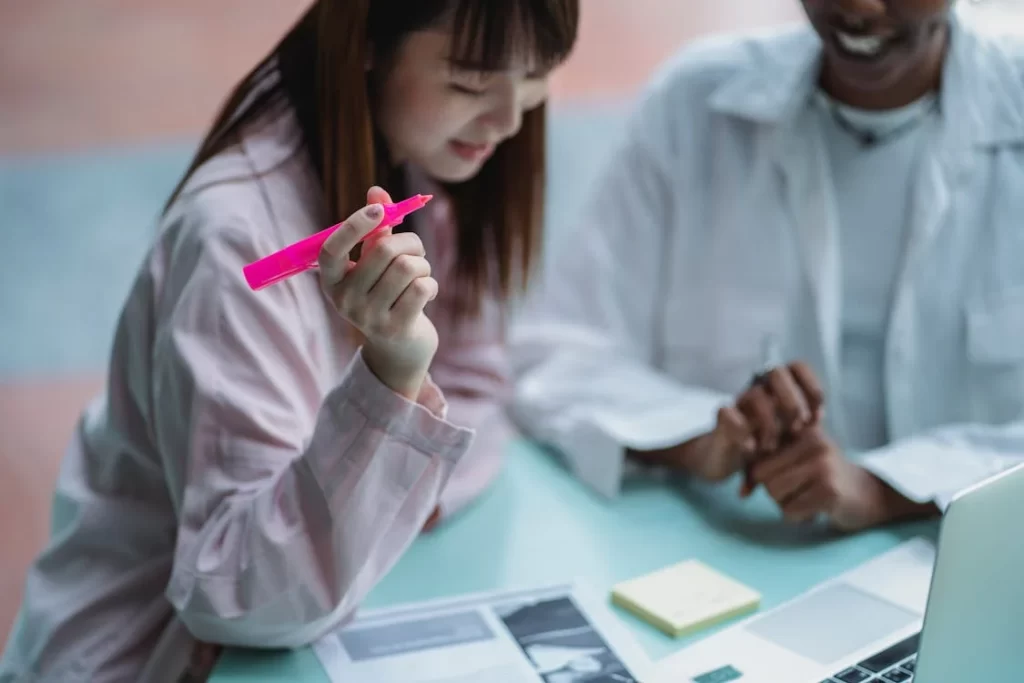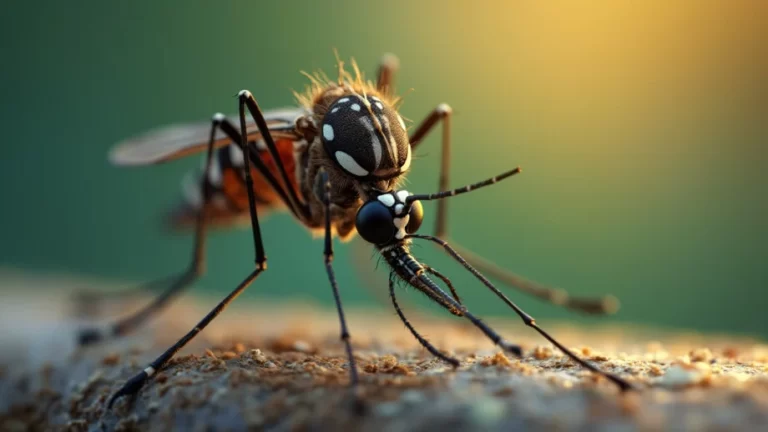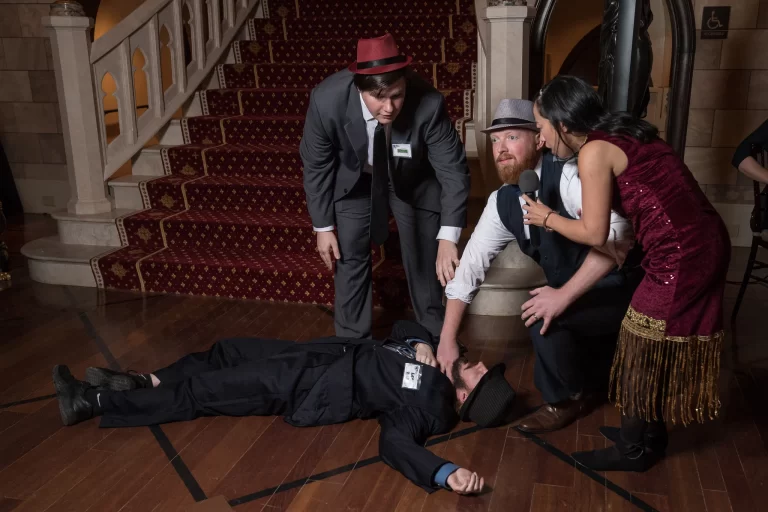
Learning is more than just memorizing facts. It is about understanding concepts, asking questions, and finding new ways to solve problems. Have you ever wondered why some students excel at thinking outside the box while others struggle? The answer often lies in how they are taught to think. Encouraging critical thinking and creativity in students helps them analyze situations, make decisions, and express ideas in innovative ways. These skills are essential for success in school and beyond.
In this blog, we will share practical ways to foster critical thinking and creativity in students, helping them grow into independent and resourceful thinkers.
- Encourage Open-Ended Questions
Asking open-ended questions is one of the best ways to help students think critically. Instead of asking for yes-or-no answers, teachers and parents should ask questions that require deeper thought. For example, instead of asking, “Did you like the book?” a better question would be, “What would you change about the book’s ending, and why?” This allows students to analyze, evaluate, and form their own opinions.
When students learn to think beyond simple answers, they become more engaged. They start questioning assumptions, making connections, and exploring different viewpoints. This approach creates a habit of thinking critically in everyday life, which will benefit them in academics and future careers.
- Promote Problem-Solving Activities
Students develop both critical and creative thinking when they engage in problem-solving activities. These activities challenge them to find solutions, think logically, and apply knowledge in new ways. Teachers can introduce real-world problems and ask students to work through them. Group discussions, debates, and case studies also provide opportunities for students to explore different perspectives and come up with innovative solutions.
Many educators and professionals look into masters programs in education to learn effective strategies for teaching problem-solving skills. These programs emphasize hands-on learning, critical thinking techniques, and creative approaches to student engagement. When teachers implement these methods, students gain confidence in their ability to tackle challenges, making them more independent learners.
- Encourage Exploration and Curiosity
Curiosity is the foundation of both critical thinking and creativity. When students are encouraged to ask questions and explore topics they find interesting, they become more active learners. Teachers and parents can nurture curiosity by providing diverse learning materials, allowing students to choose their own research topics, and creating a safe space for asking questions.
Providing hands-on experiences also fuels curiosity. Science experiments, field trips, and creative projects give students the chance to investigate and discover new things. When learning becomes an interactive experience, students develop a natural desire to seek out information and solve problems.
- Incorporate Creative Writing and Storytelling
Writing is a powerful tool for developing both critical thinking and creativity. When students create their own stories, essays, or journal entries, they learn to organize thoughts, develop arguments, and express their ideas. Writing also encourages them to think from different perspectives, enhancing their ability to analyze situations.
Storytelling exercises, such as rewriting a familiar story with a new ending or creating a fictional world, help students think outside the box. These activities allow them to explore possibilities, build connections between ideas, and use their imagination to form meaningful narratives. By engaging in creative writing, students learn to approach problems with fresh perspectives and innovative solutions.
- Encourage Collaboration and Group Discussions
Collaboration helps students build critical thinking and creativity through discussions, debates, and teamwork. When students share ideas and consider different viewpoints, they refine their thinking and learn to support their arguments with evidence. Group projects and brainstorming sessions encourage creative problem-solving and allow students to explore multiple solutions to a challenge.
In group settings, students also develop important social and communication skills. They learn how to express their thoughts clearly, listen to others, and build on different ideas. These interactions prepare them for real-world situations where teamwork and critical thinking are essential.
- Integrate Hands-On Learning and Experiments
Hands-on learning engages students in practical experiences that deepen their understanding of a subject. Experiments, art projects, and interactive simulations allow them to test ideas, observe outcomes, and think critically about results. This type of learning encourages students to make connections between concepts and apply their knowledge in meaningful ways.
For example, in a science class, rather than memorizing facts about gravity, students could conduct experiments to see how objects fall at different speeds. In history, they could reenact significant events to understand different perspectives. These activities encourage students to explore, question, and think creatively while reinforcing their understanding of the material.
In conclusion, helping students develop critical thinking and creativity is one of the most valuable ways to prepare them for the future. These skills enable them to analyze problems, explore new ideas, and make informed decisions in all areas of life. By encouraging open-ended questions, problem-solving activities, and collaborative learning, educators and parents can create an environment where students feel confident in their thinking abilities.
Keep an eye for more latest news & updates on Buzz Feed!






